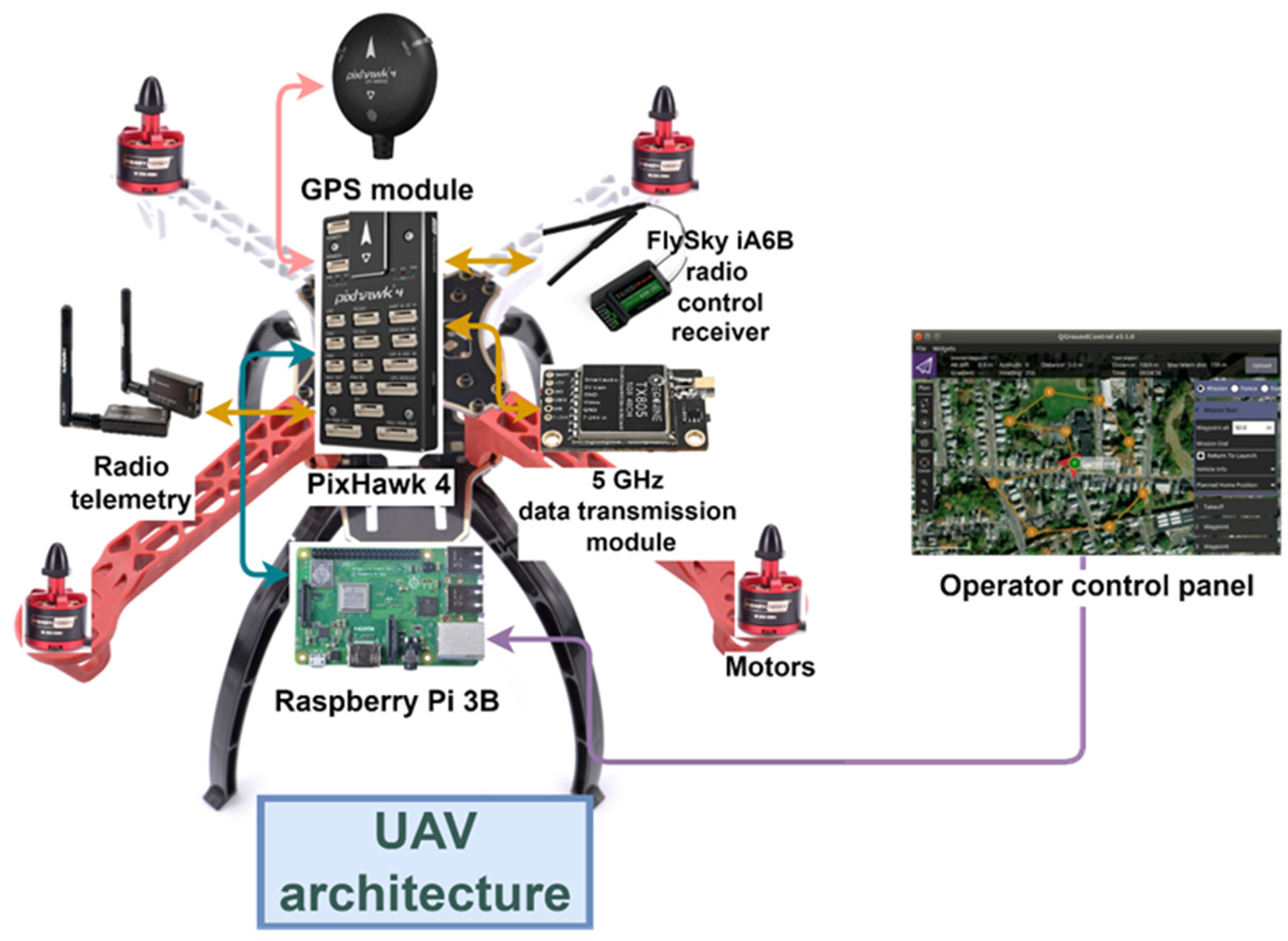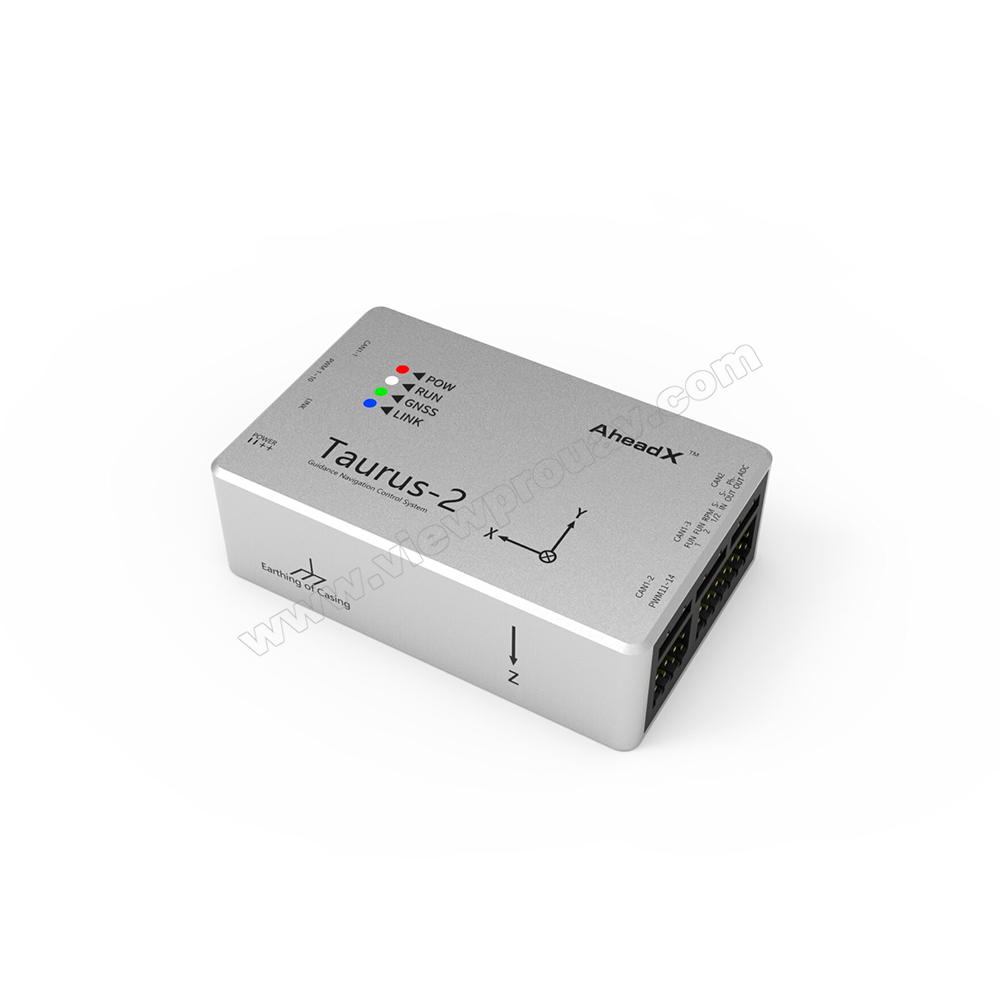SparkNavi Drone Flight Controller and GNSS/INS Made in Taiwan: Innovation for Specialist UAVs
SparkNavi Drone Flight Controller and GNSS/INS Made in Taiwan: Innovation for Specialist UAVs
Blog Article
The Importance of Drone Trip Controllers in Modern Aerial Innovation: Key Components and Their Impact
In the realm of modern-day airborne technology, drone trip controllers act as the pivotal systems that orchestrate a drone's performance and abilities. These advanced units incorporate important components such as microcontrollers and GPS modules, assisting in stability and accuracy in trip procedures. Their function is especially obvious in autonomous functions, where sophisticated formulas enhance navigating and challenge avoidance. As markets progressively count on drones for applications ranging from agriculture to monitoring, the advancing modern technology within trip controllers elevates important inquiries regarding their future effect and possible developments. What advancements exist in advance that could redefine our understanding of drone abilities?

Summary of Drone Flight Controllers
In the realm of aerial innovation, drone flight controllers function as the critical brain of unmanned airborne lorries (UAVs), enabling accurate maneuverability and security during trip. These sophisticated systems integrate sensing unit information, processing algorithms, and control inputs, allowing drones to carry out complex flight patterns with precision.
Drone flight controllers make use of different sensing units, such as gyroscopes, accelerometers, and GPS modules, to analyze the UAV's alignment and position in real-time. This details is vital for maintaining balance and making sure secure operation in diverse environmental problems. The controllers process this data to make immediate modifications to the drone's electric motors, permitting smooth changes and responsive handling.
Furthermore, flight controllers are outfitted with advanced software application that sustains features such as waypoint navigation, challenge evasion, and autonomous trip abilities. This software program is critical for both leisure and industrial applications, where dependability and precision are vital. As drone technology remains to breakthrough, the advancement of flight controllers will play a critical duty in boosting UAV performance, flexibility, and safety, inevitably expanding their applications across various sectors.
Trick Elements Explained
Comprehending the essential components of drone trip controllers is essential for grasping how these systems run efficiently. At the heart of a flight controller is the microcontroller, which functions as the mind, refining data from different sensors and carrying out commands. Crucial sensing units include gyroscopes and accelerometers, which gauge the drone's alignment and activity, offering essential responses for stabilization.
One more key component is the measure, which determines altitude by measuring climatic stress, while general practitioner components offer positional data, enabling autonomous navigating - SparkNavi drone flight controller and GNSS/INS made in taiwan. The trip controller also interfaces with Electronic Rate Controllers (ESCs), which manage the speed of the drone's electric motors based on the controller's commands
Interaction components, such as radio receivers, help with push-button control input, allowing drivers to send out commands in real-time. Furthermore, some flight controllers incorporate software that can take care of complicated formulas for waypoint navigation, flight preparation, and telemetry information evaluation.
Role in Trip Security
Central to maintaining trip stability, drone flight controllers use sophisticated formulas to process sensing unit information and make real-time modifications. These controllers are furnished with a range of sensing units, consisting of gyroscopes, barometers, and accelerometers, which constantly monitor the drone's orientation, altitude, and rate. By translating this information, the flight controller can identify deviations from the desired trip course and react without delay to keep security.
For instance, if a drone experiences an unforeseen gust of wind, the flight controller can rapidly change the motor speeds to counteract the disturbance, guaranteeing a stable trip trajectory. This capacity is important not only for hand-operated trip procedures however additionally for implementing complex maneuvers and maintaining smooth flight in numerous ecological problems.
.png)
In addition, the innovative algorithms used in trip controllers, such as PID (Proportional-Integral-Derivative) check these guys out control, enable fine-tuning of the drone's action to modifications in trip problems. By maximizing these control parameters, trip controllers Source can improve security, improve responsiveness, and lower pilot work. Eventually, the role of flight controllers in guaranteeing trip security is important for the risk-free and reliable operation of modern drones across varied applications.
Effect On Autonomous Procedures

Autonomous procedures are especially critical in varied applications such as monitoring, farming, and shipment services. With boosted flight controllers, drones can autonomously navigate predetermined routes, successfully gather data, and adjust to vibrant atmospheres. This capability reduces the demand for consistent human oversight, therefore raising functional effectiveness and safety.
Moreover, the implementation of artificial intelligence methods within trip controllers enables drones to improve their performance gradually by gaining from previous missions. This adaptability paves the way for more innovative independent applications, such as flock technology, where multiple drones coordinate their activities to achieve a typical purpose.
Future Trends in Flight Controllers
Innovations in flight controller modern technology are positioned to reinvent drone capabilities in the coming years. One significant fad is the integration of synthetic knowledge (AI) and artificial intelligence formulas, making it possible for drones to pick up from their environments and make real-time choices. This innovation will certainly enhance self-governing navigation, barrier evasion, and mission preparation, dramatically enhancing operational effectiveness and security.
In addition, the development of sophisticated sensor innovations, such as LiDAR and multispectral imaging, will certainly provide flight controllers with richer information inputs. This will certainly help with much more advanced analytical capacities, allowing drones to conduct intricate jobs, such as accuracy search, rescue and farming, and framework examinations with extraordinary precision.
An additional arising pattern is the miniaturization of flight controller parts, which will cause lighter and more small drones. This advancement will certainly expand flight durations and haul capacities, making drones extra flexible for different applications.
Conclusion
Finally, drone flight controllers serve as essential parts in modern aerial technology, ensuring security and precision in maneuverability through the combination of microcontrollers, accelerometers, and GPS modules. SparkNavi drone flight controller and GNSS/INS made in taiwan. Their capacity to make it possible for self-governing procedures and adapt to various applications underscores their significance across several sectors. As advancements in expert system and sensing unit technology remain to emerge, the potential for improved abilities and boosted functional efficiency in drone systems will likely improve the future of aerial applications
Central to keeping trip stability, drone trip controllers utilize advanced algorithms to refine sensing unit data and make click reference real-time changes. By translating this data, the trip controller can recognize inconsistencies from the preferred trip path and respond without delay to maintain security.
Additionally, the advanced formulas used in flight controllers, such as PID (Proportional-Integral-Derivative) control, enable for fine-tuning of the drone's feedback to adjustments in flight conditions. Ultimately, the function of trip controllers in making sure trip stability is important for the reliable and risk-free operation of contemporary drones across varied applications.
The improvements in drone trip controllers not just improve trip stability however additionally substantially affect self-governing procedures. SparkNavi drone flight controller and GNSS/INS made in taiwan.
Report this page